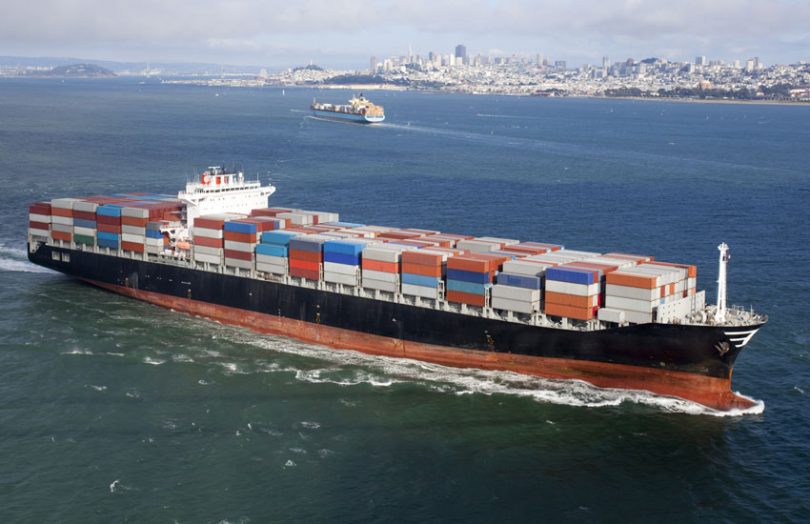Earlier this week, logistics tech firm CargoSmart announced that nine global ocean carriers and terminal operators signed a shareholders’ agreement for the Global Shipping Business Network (GSBN). With this, the blockchain shipping consortium comes a step closer to an official launch after first unveiling in November 2018.
The firms who expressed their intention to become shareholders include CMA CGM, COSCO SHIPPING LINES, COSCO SHIPPING Ports, Hapag-Lloyd, Hutchison Ports, OOCL, Port of Qingdao, PSA International, and Shanghai International Port Group (SIPG). All of the signatories are existing members of the GSBN consortium.
Clearly, the group is particularly strong in Asia and also boasts all three of the world’s largest port operators. That’s a major advantage given that nine out of ten of the largest container ports in the world are in Asia.
The GSBN will become a non-profit organization and aims to digitize shipping supply chain operations and connect carriers, terminal operators, customs agencies, shippers, and logistics service providers.
Technology provider CargoSmart said GSBN would explore more blockchain applications for the shipping industry after all regulatory prerequisites are met, and the platform is officially launched. In contrast, the IBM and Maersk initiative TradeLens has already gained some antitrust legislative exceptions in the U.S.
We asked whether regulatory approval is the GSBN blocker and to what extent it’s moving forward in the meantime, but didn’t receive a response in time for publication.
“We expect the trusted blockchain platform will accelerate the sharing of verified logistics and cargo data, streamline business operations across the whole supply chain, and create value to each stakeholder,” said Martin Gnass, Managing Director IT of Hapag-Lloyd.
Hapag-Lloyd is also a member of TradeLens.
“Existing data exchange and practices in the shipping industry do not adequately address all terminal operational details, leading to missed opportunities to improve overall efficiency,” said Ding Songbing, Manager of Strategy & Research Department of SIPG. “With terminal operators being founding members of the blockchain platform, we believe the GSBN will capitalize on new and existing opportunities on the terminal side and expedite digital transformation in the industry.”
Meanwhile, GSBN has run several proof-of-concept (PoC) and pilot initiatives in the run-up to its launch. CargoSmart cited one such PoC with the trade finance blockchain consortium eTradeConnect, initiated by the Hong Kong Monetary Authority. The PoC tested interoperability between the shipping and trade finance blockchain and allowed banks to view shipping records, streamlining trade finance for logistics.
While the GSBN boasts of high-profile members, with three of the top 10 global shippers, it now has some catching up to do with IBM and Maersk’s TradeLens platform, which is already live. The two consortiums also have some overlap with regards to membership, such as Hapag-Lloyd and CMA-CGM and port operator PSA. Over the past few months, several port authorities, customs department, shipping companies, and terminals have joined TradeLens.






